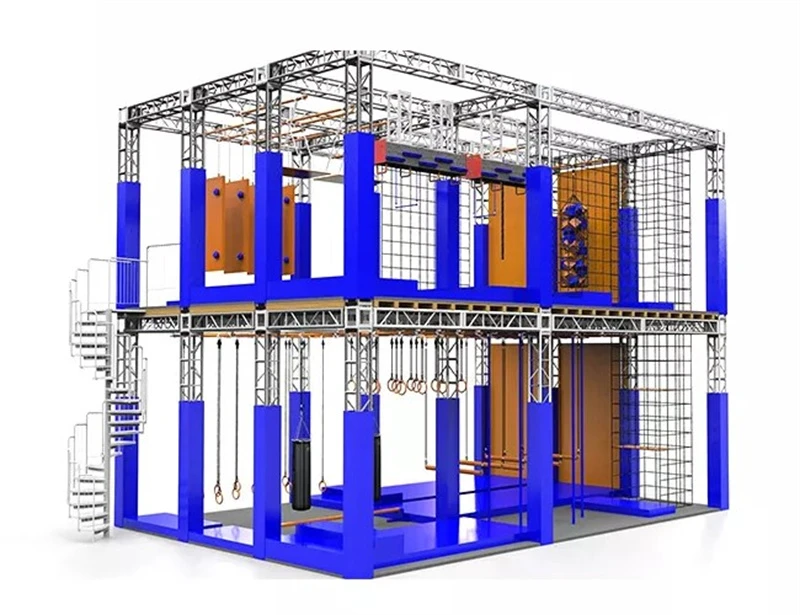Setting up a children’s playground is an exciting endeavor, but it comes with its fair share of legal requirements and paperwork. Ensuring that your play area adheres to the necessary guidelines and safety standards is crucial, not only for the well-being of the children who will enjoy the facilities but also to maintain a good standing with local authorities. Here are the essential documents and procedures you need to consider when establishing a children's playground in English-speaking countries.
1. Business License and Registration
Every business operating in a jurisdiction needs a license. This includes children’s playgrounds. Check with your local government office to understand the specifics. The process typically involves registering your business, providing details such as the name, location, type of business, and owner(s) information. Once approved, you will receive a business license which allows you to operate legally.
2. Zoning Permits
The zoning laws dictate what types of activities can occur in different areas of a city or town. You must ensure that your chosen location for the playground meets the zoning requirements for recreational facilities. Applying for a zoning permit often requires presenting a site plan and explaining how the playground aligns with local regulations.

3. Health and Safety Certifications
Safety is paramount in children’s playgrounds. You will need to comply with rigorous health and safety standards. This could involve obtaining certifications that demonstrate your equipment and facilities meet national safety regulations. Some jurisdictions may also require regular inspections to maintain these certifications.
4. Insurance Policies
Insurance protects your business against liability. It is advisable to obtain general liability insurance, which covers accidental injuries on your property, and possibly additional coverage like worker's compensation insurance if you have employees. Insurance agents can guide you through the policies most suitable for your playground setup.
5. Construction and Installation Permits
If your playground requires construction or significant installation work, you may need to apply for construction permits. These permits ensure that all building works conform to safety and building codes. Plans and specifications for the construction project will typically need to be submitted for review.
6. Signage and Branding Approvals
Depending on your location, there might be restrictions on signage size, lighting, and placement. Before you start branding your playground with signs, banners, or other promotional materials, check with the local code enforcement department to understand any requirements or restrictions that apply.
7. Child Protection Policies
While not a document, implementing robust child protection policies is vital. This could include background checks for employees, first aid and emergency response protocols, and child supervision guidelines. Demonstrating that your playground is a safe environment for children can contribute positively to your reputation and legal compliance.
By attending to these critical aspects, you lay a foundation for a safe and enjoyable children's playground that meets both legal obligations and parental expectations. Remember that laws and requirements can vary by jurisdiction, so always consult with local authorities and legal experts to navigate the specific needs of your area





